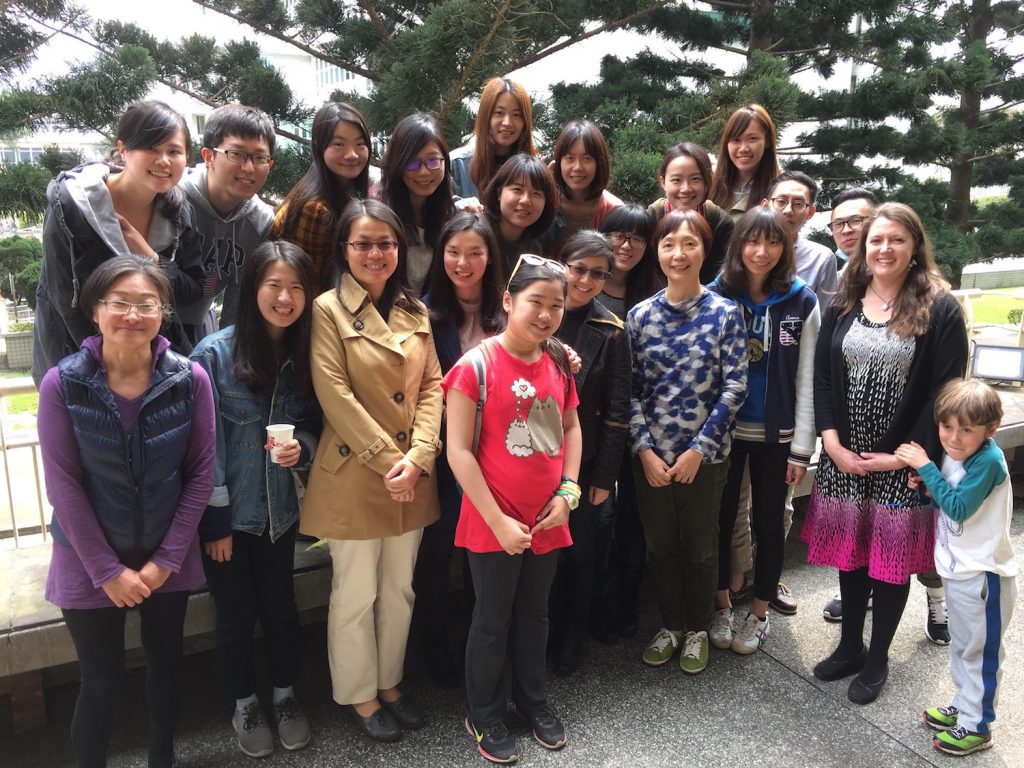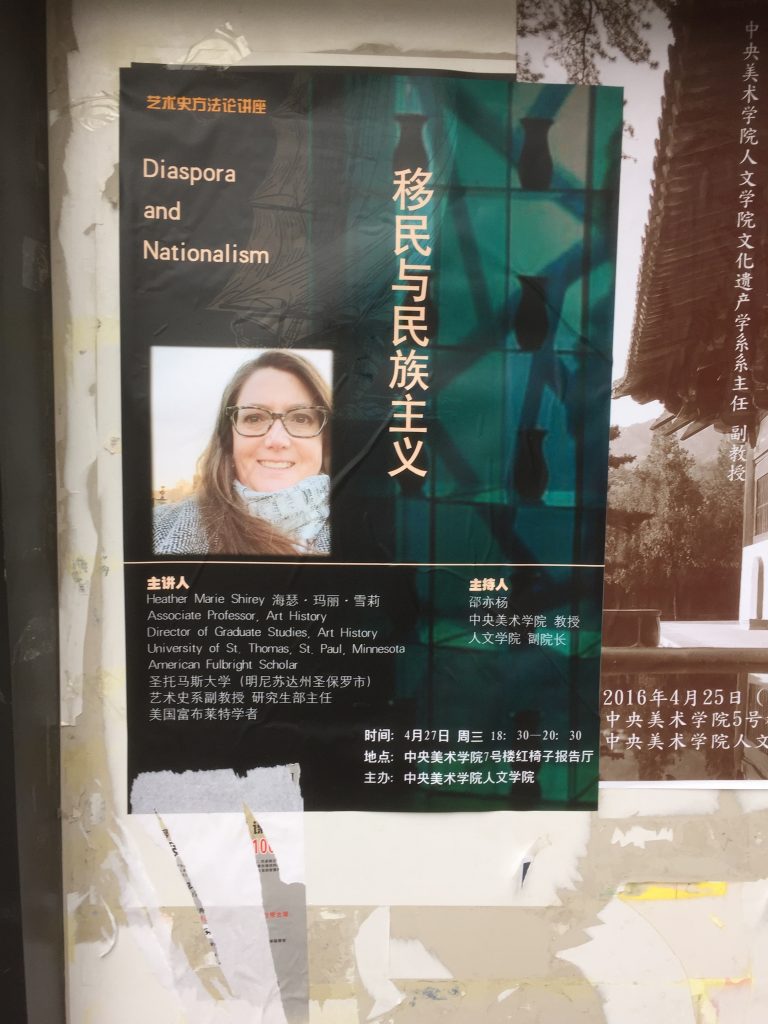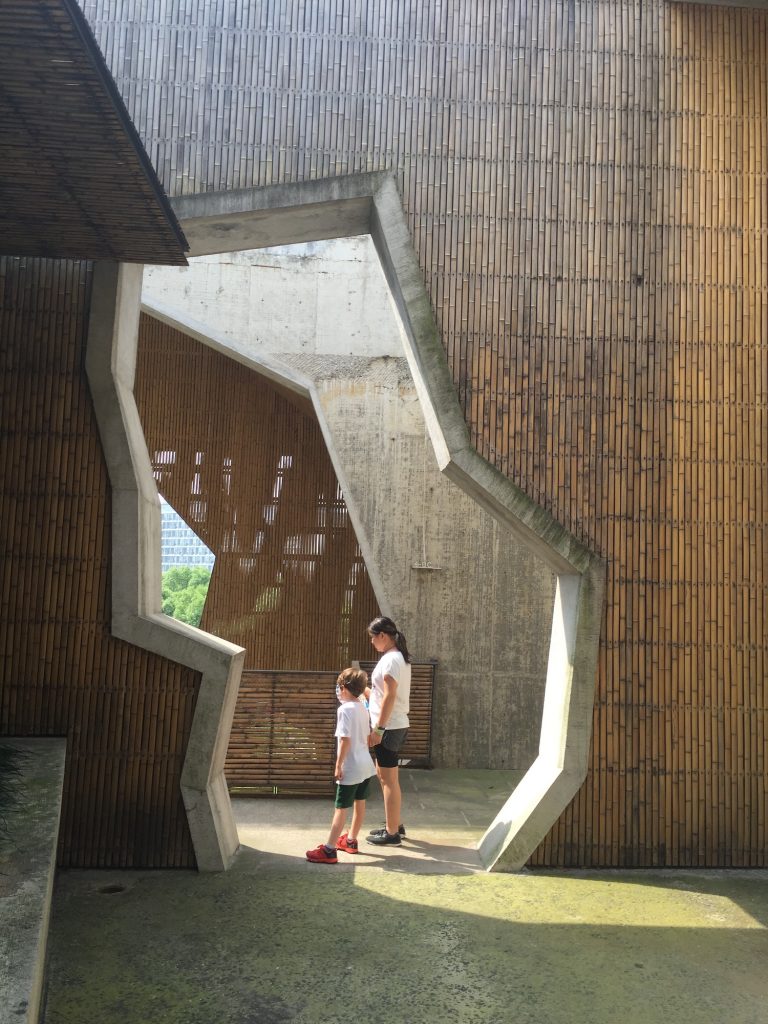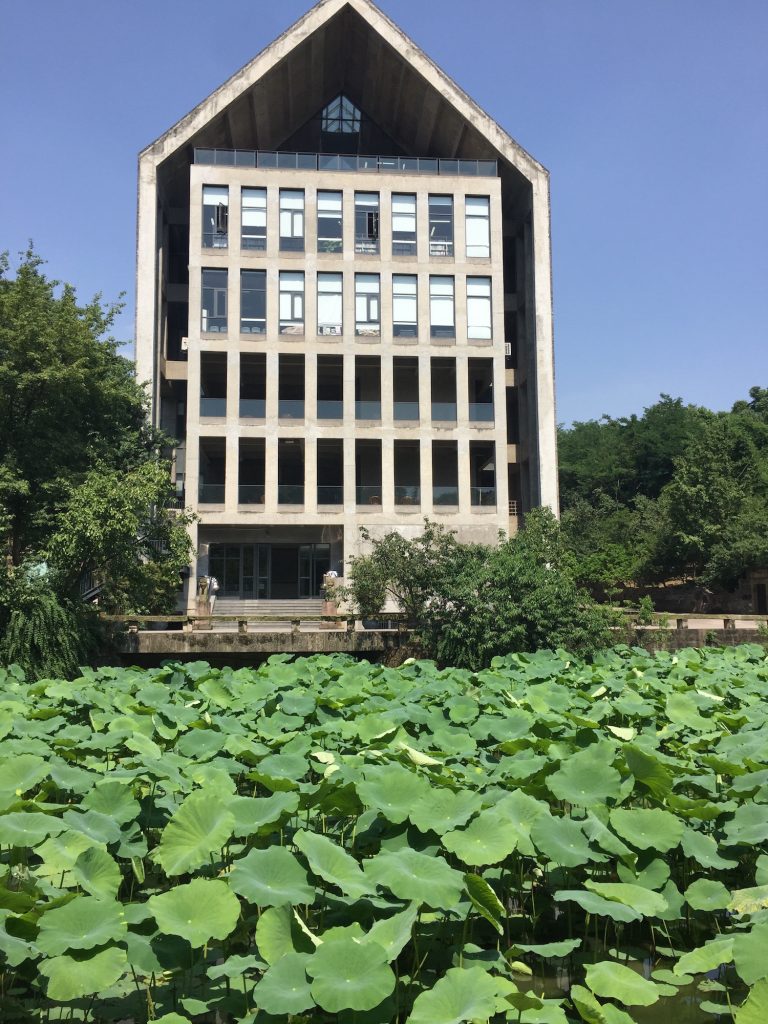Dr. Heather Shirey, Associate Professor and Director of Graduate Studies, Art History, spent the spring semester at Tsinghua University in Beijing, China. Her semester in China was made possible by support from the Fulbright-Terra Foundation Award in the History of American Art. This is the second of three blog posts from Dr. Shirey.
While I was based in Beijing for the spring 2016 semester, I was fortunate to have numerous opportunities to travel to many cities, including Shanghai, Nanjing, Hangzhou, Guangzhou, Chongching, and Taipei. As part of the Fulbright Guest Lecture I visited universities and museums in order to present lectures and workshops on a variety of topics including public art, political portraiture, the ethics of art collecting, and race and representation in American art. Normally I presented lectures on topics that are the focus of my research. This was a valuable way for me to gain new perspectives into issues I have been engaged with for some time. From the teaching perspective, I also learned a great deal about art history programs in China and the job market for art history students.
At the Shanghai Museum, I was invited to deliver a series of lectures as part of the World Civilizations Lecture Series. The Shanghai Museum is the leading art institution in the country, so it was an honor to participate in this series. Since these talks were delivered to a general audience rather than graduate students, I chose broad topics that also allowed for connections to the museum’s collection. For example, I expanded a lecture on the museums and collecting in West Africa to also engage with collecting practices that had shaped the Shanghai Museum. These talks were fun because the audience was so broad, and this resulted in an incredible range of topics emerging in the question and answer period. I was asked to respond to questions on everything from ancient Roman archaeology to contemporary American politics. At the end people lined up for my autograph, something that does not happen every day in the life of an art history professor!
During the course of these lectures, I typically met with graduate students who had already developed an interest in American art. The students were very eager to learn and engage in discussions. Many of these institutions—such as Central Academy of Art in Hangzhou and Guangzhou Academy of Fine Arts–have very strong programs that include a focus on Western art, American art specifically. The faculty have experience doing research in Europe and North America, and this is highly beneficial to the students. Some schools have strong, sustained connections with North American universities, providing great opportunities for exchanges. I think these long-term scholarly relationships are absolutely necessary as we seek to create a broader community of scholars focused on American art.
In China, art history programs usually exist within fine arts schools. The top fine arts programs have beautiful campuses. In the case of the China Academy of Art in Hangzhou, all of the buildings on the Xiangshan campus were designed Amateur Architecture Studio under the direction of Wang Shu and Lu Wenyu. Wang Shu, the first Chinese-national architect to receive the Pritzker Prize, is also the Dean of the School of Architecture at CAA. The campus architecture is such a harmonious blend of traditional styles and materials with modern design. This beautiful campus is perhaps rivaled by the Sichuan Fine Arts Academy in Chongqing. The photograph here is of the library, designed by Tanghua Architect and Associates, which appears to float on a lotus pond. I imagine living and working on these beautiful campuses must be inspiring!




